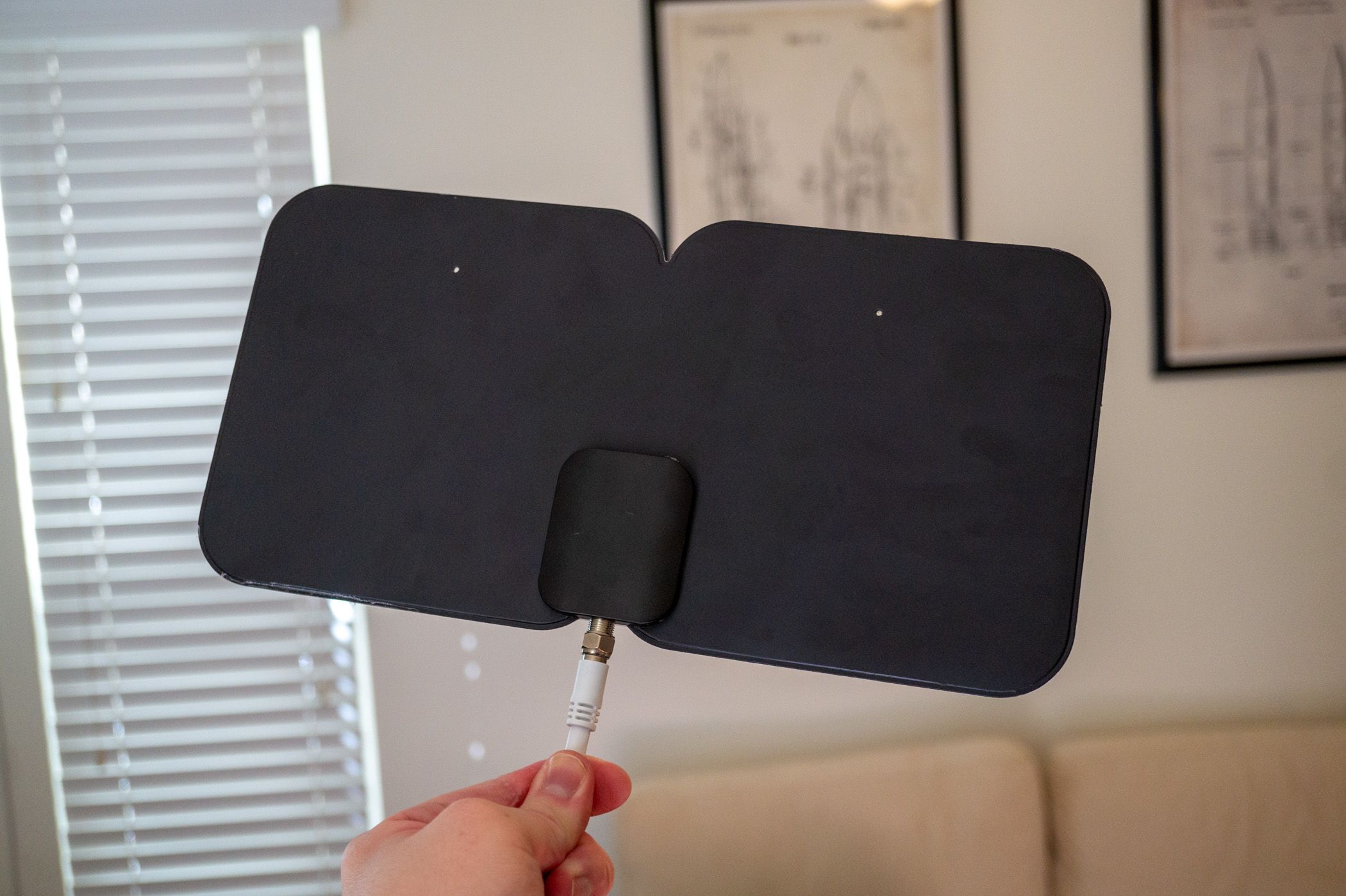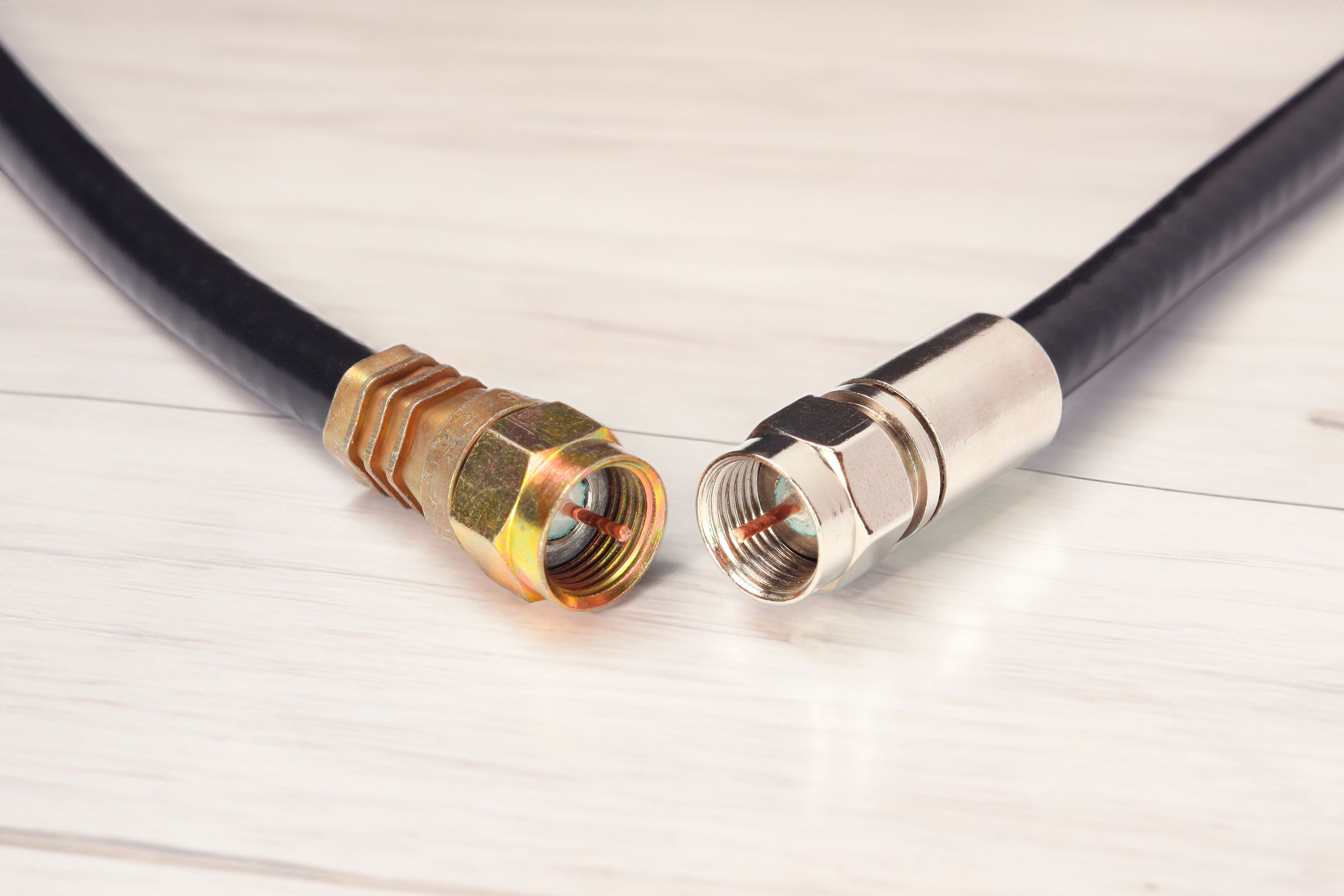Key Takeaways
- While most homes are in range of a NextGen TV transmission, 4K OTA TV isn’t available to viewers.
- We won’t get 4K OTA TV until broadcasters stop wasting spectrum on old-fashioned digital TV channels.
- However, most new TVs do not contain a NextGen TV tuner, so simulcasting is a necessary evil.
More than half of all U.S. households are in range of an ATSC 3.0 “NextGen TV” transmission. On paper, this means that we should have access to a wide range of 4K OTA TV broadcasts. But 4K antenna TV channels are nowhere to be found—a conundrum that has frustrated both viewers and broadcasters.
Where Can You Watch 4K OTA TV in the U.S.?
The ATSC 3.0 television broadcasting standard, nicknamed “NextGen TV,” came with the promise of some fantastic functionality; 4K HDR video, Dolby Atmos audio, interactive channels, and location-optimized emergency alerts, and more.
After a ton of encouragement from broadcasters, the FCC gave ATSC 3.0 its stamp of approval in 2017. Most Americans are now in range of an ATSC 3.0 broadcast, with major terrestrial channels like NBC, FOX, and PBS carrying the torch. Look up your address in the NextGen TV coverage map, and you may find a range of ATSC 3.0 channels in your area.
Still, none of these channels are available in 4K HDR quality. Broadcasters are forced to work with a limited amount of spectrum, and the old-fashioned ATSC 1.0 “digital TV” channels are taking up all the bandwidth that would ideally be used for 4K HDR broadcasting.
Viewers may still experience an increase in quality when watching NextGen TV channels. It’s just that the quality difference is fairly minor. Broadcasters may employ modern video or audio codecs for NextGen TV channels, but they aren’t cranking up the video resolution. (There are some exceptions. If a channel normally broadcasts at 720p resolution in your area, the NextGen TV transmission should be 1080p.)
And some NextGen TV channels have employed interactive features, like on-screen menus that show local weather or news. NBCU recently debuted a video-rewind feature for its NextGen TV channels in some regions, which is a genuinely nice improvement over standard OTA TV.
Unfortunately, the main problem here is a lack of ATSC 3.0-compatible consumer hardware. Very few people own a NextGen TV tuner, so broadcasters are forced to waste spectrum by simulcasting in the old ATSC 1.0 standard.
What Equipment Do You Need for 4K OTA TV?
Old-fashioned OTA TV is incredibly simple. Plug an antenna into a TV (or a set-top box with a digital tuner) over coaxial cable, run a channel scan, and you’re good to go.
You can keep your old antenna for NextGen TV. The only thing you need to buy is an ATSC 3.0 tuner, which you can get through a new TV or a standalone set-up box.
As of 2024, very few TVs have built-in ATSC 3.0 tuners. And most TVs that contain these tuners, like the Sony Bravia XR A95L, cost well over $1,000. This is mainly due to the patent royalties associated with ATSC 3.0 hardware. A royalty fee of a few dollars will eventually add up to millions, so manufacturers are keen to avoid this fee in cheaper TV models.
The only affordable ATSC 3.0-compliant TV that I can find is the Hisense U8K. And at $600 MSRP, it’s only subjectively affordable. It certainly ain’t cheap.
So, most viewers should opt for an ATSC 3.0 set-top box. The cheapest option is a simple conversion box, which is effectively just an ATSC 3.0 tuner with an HDMI output. If you want something more robust, there’s always the HDHomeRun Flex 4K, which lets you stream OTA TV channels to any device in your home (and can act as a DVR).
When Will 4K OTA TV Become More Common?
It’s been seven years since ATSC 3.0 received approval from the FCC. Most broadcasters have embraced the new standard, and as a result, over 60% of U.S. homes can now access ATSC 3.0 channels.
In a sense, ATSC 3.0 deployment has been a resounding success. The uptake among broadcasters is astonishing, and unlike the digital television switchover of the 2000s, NextGen TV hasn’t been marred by controversy, conspiracy, or political squabbling.
Still, 4K OTA TV is practically non-existent. And while we may instinctually blame broadcasters, TV manufacturers are squarely responsible for the problem.
Most new TVs do not contain ATSC 3.0 tuners. The average viewer has no way to access NextGen TV channels, so any channel that’s offered in ATSC 3.0 must be simultaneously broadcast in old-fashioned ATSC 1.0. This severely limits the bandwidth that’s available to broadcasters, and as a result, there simply isn’t enough bandwidth to prop up 4K OTA TV.
The FCC requires all broadcasters to embrace ATSC 3.0 by 2027. But TV manufacturers face no such mandate—in fact, the TV brands that initially supported ATSC 3.0 are now backtracking to cut costs. This mess has been the subject of several petitions by the National Association of Broadcasters (NAB), who have repeatedly asked the FCC to force consumer electronics manufacturers on board. It’s a far cry from the digital switchover of 2009, which was preceded by a decade of increasingly strict digital tuner requirements for TVs, VCRs, and DVD players sold in the United States.
Until ATSC 3.0 tuners are the common denominator in U.S. households, 4K OTA TV is a pipe dream. The idea that this will all be settled by 2027 is also a stretch, frankly.







